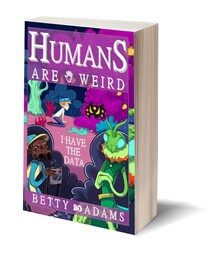It is a rare thing to be truly surprised by a book. Even the best novels are but patterns. Once you learn the main patterns no surprise can be found in ninety percent of the books on the library shelves. That remaining ten percent that can surprise the experienced reader also has an element of predictability. One knows from the first chapter if this is one of those surprising gems.
Let me introduce you, dear read, to “Belinda”. Penned by Maria Edgeworth back in the days when authors still actually penned their works, “Belinda” opens on the classical Victorian debutant making her way in fashionable society. The titular character is a sensible maid who finds herself in the shadow of her aunt, known to the local bachelor set as ‘The Matchmaker General’, despite vaguely defined ‘ill health’ keeping her aunt at a comfortable distance.
“Well,” I said to myself with a sigh. “Looks like a standard piece of work. Ah, well I must listen to something while I work.”
Edgeworth, however is not just another eighteenth century author. With the skill of a slowly twisting corkscrew she pries the cork out of the fine bottle of English literature and then tosses a glass of grammar in your face. Edgeworth does for the world of Mr. Darcy and such what Miguel de Cervantes Saaverdra did for the Knights of the Round Table. Belinda rides forth as a loyal Sancho to her “debauched” patroness’s Don Quixote.
Many of the classical English story elements are played straight. There is a duel, between women, dressed as men, which may or may not require “that Amazonian operation” as a result. There is a fair maiden locked away in a mysterious house, a painting that haunts her dreams. There is also a rather telling discussion on the hearing of fish, which the authoress clearly didn’t research one bit, and so to avoid any scientific inaccuracy describes with the utmost care. It is nearly impossible to tell what she is playing straight and what she is subverting and the result is delightful.







 RSS Feed
RSS Feed


